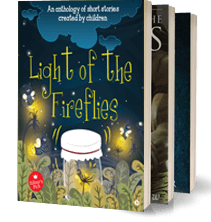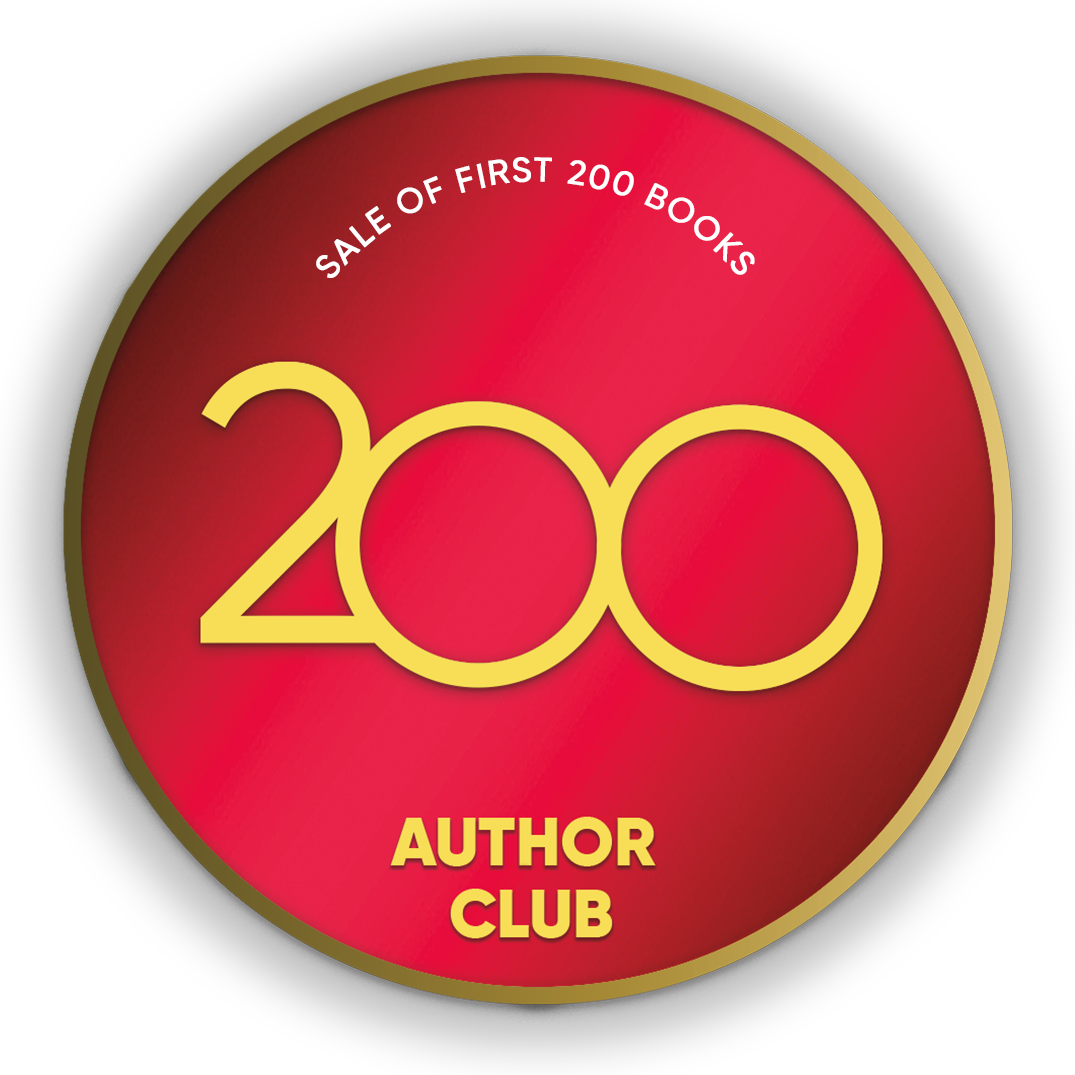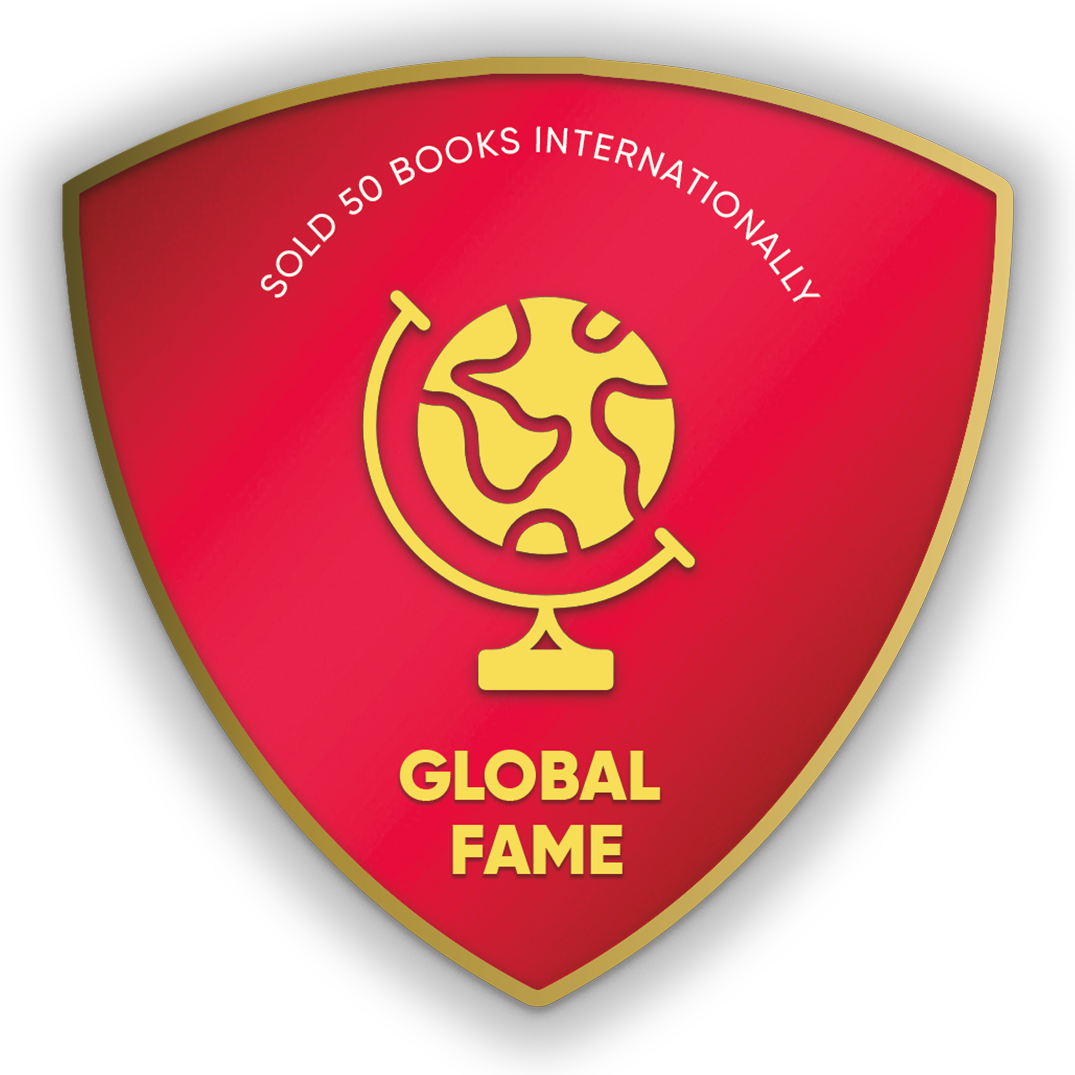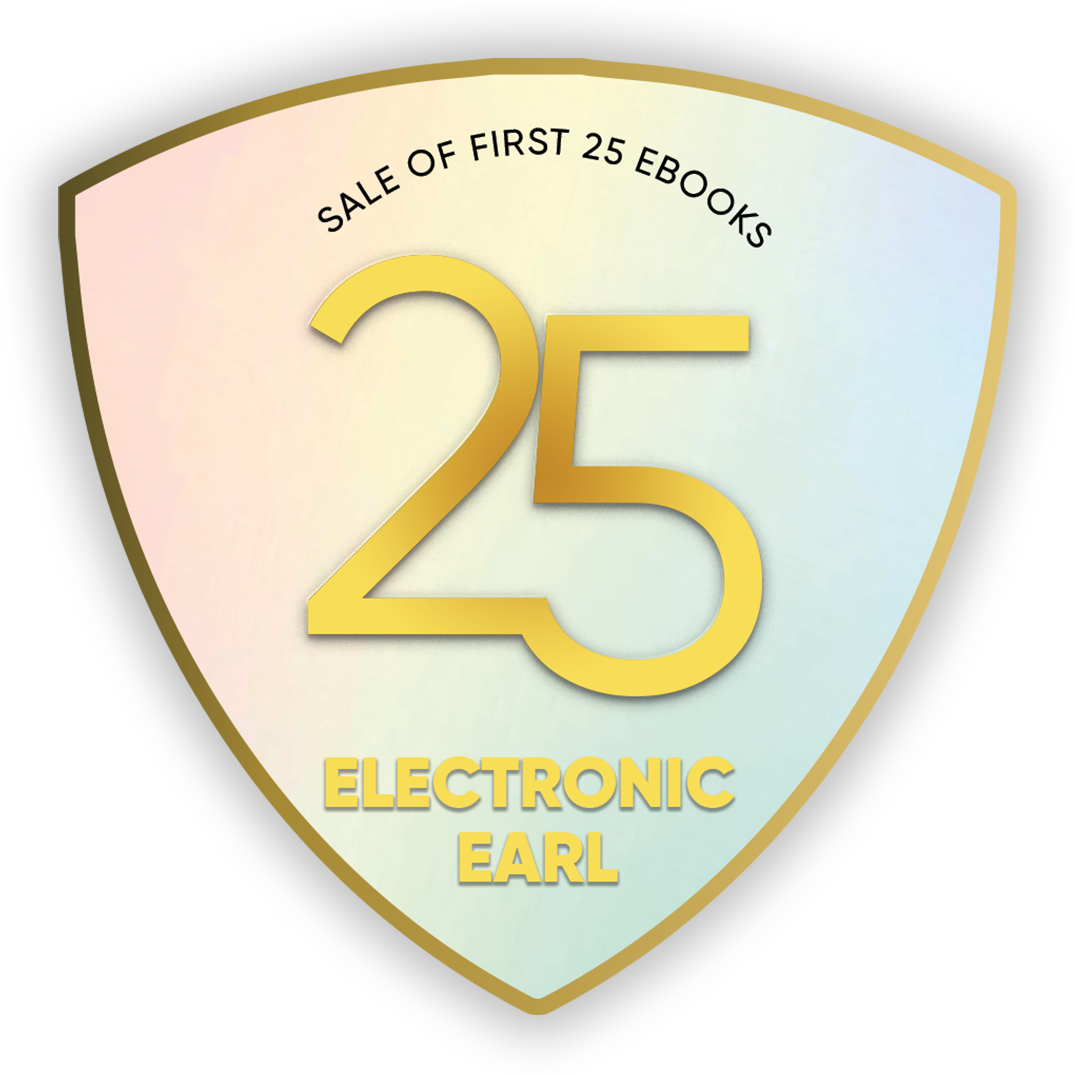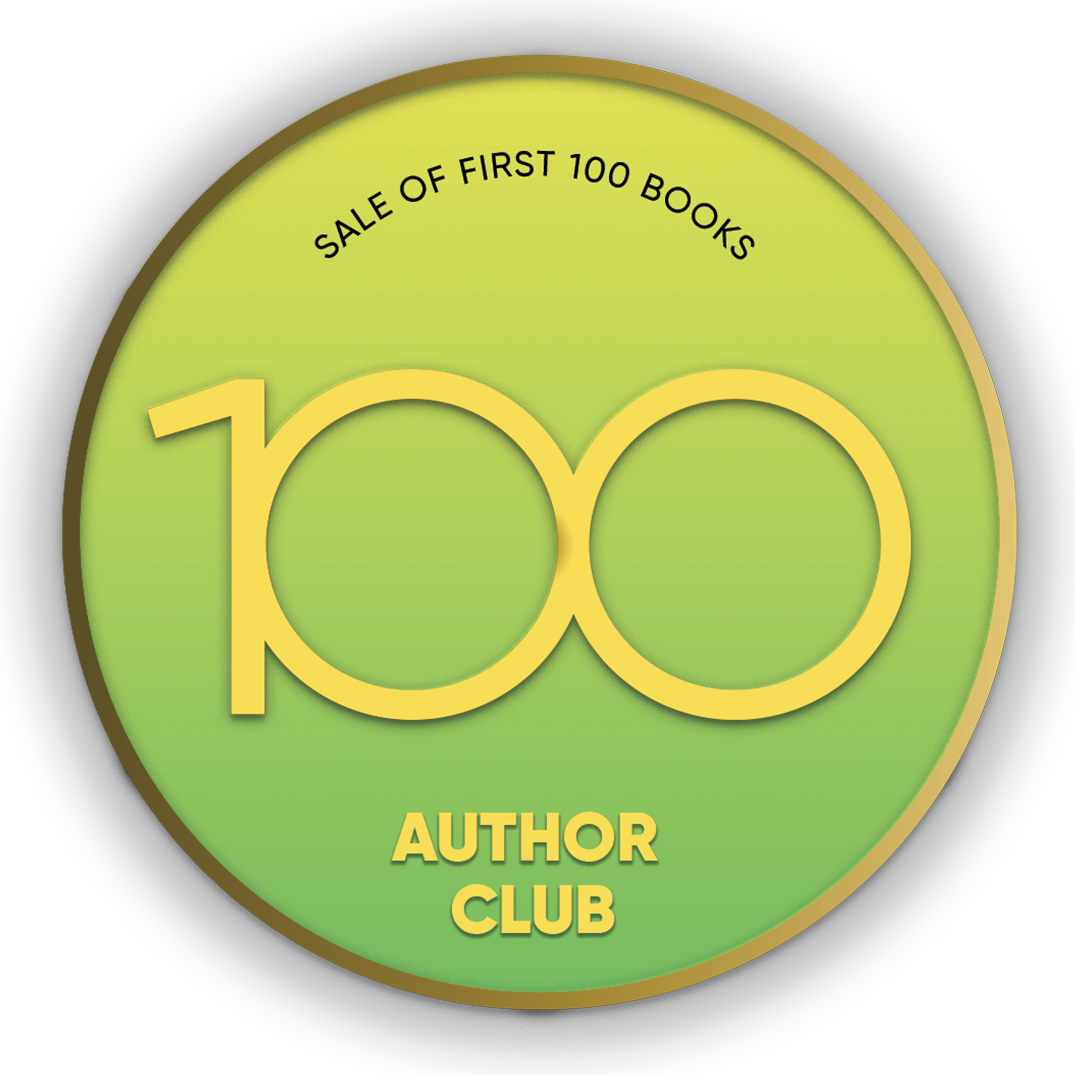
- Discover books
- For Writers
-
For Writers
-
Indie Author Championship
-
Challenges
Writing Contests
- Get Started
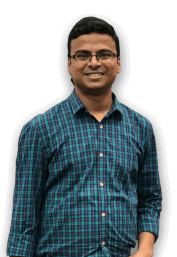
"It was a wonderful experience interacting with you and appreciate the way you have planned and executed the whole publication process within the agreed timelines.”
Subrat SaurabhAuthor of Kuch Woh Pal -
Agastya Mittal
International History Olympiad Champion from New YorkAgastya is a writer, blogger, debater, and the founder of "Youth for Sustainable Future," a non-profit dedicated to promoting global sustainability. He’s been passionate about history and international affairs since elementary school. A two-time gold medalist at the International History Olympiad, and 2022 International History Bowl Champion, he keenly follows global events and politics. In his free time he enjoys traveling, reading books, watching movies, and playing the piano. He lives in Long Island, New York with his parents and his little sister.Read More...
Agastya is a writer, blogger, debater, and the founder of "Youth for Sustainable Future," a non-profit dedicated to promoting global sustainability. He’s been passionate about history and international affairs since elementary school. A two-time gold medalist at the International History Olympiad, and 2022 International History Bowl Champion, he keenly follows global events and politics. In his free time he enjoys traveling, reading books, watching movies, and playing the piano. He lives in Long Island, New York with his parents and his little sister.
Read Less...Crop your profile image

Divided
Books by Agastya Mittal
Looking at a world map, there are six continents with hundreds of borders that divide them physically and culturally. On one side of a border may live Armenian Christians who speak a millennia-old, indigenous language. On the other are Azerbaijani Muslims speaking a language with origins thousands of miles away. But how did these borders happen? How did they divide the land and its people, and what happened as a result? Divided explores eight instances where a
Looking at a world map, there are six continents with hundreds of borders that divide them physically and culturally. On one side of a border may live Armenian Christians who speak a millennia-old, indigenous language. On the other are Azerbaijani Muslims speaking a language with origins thousands of miles away. But how did these borders happen? How did they divide the land and its people, and what happened as a result? Divided explores eight instances where a partition shaped not just a region. But the world as a whole.
Divided
Books by Agastya Mittal
Looking at a world map, there are six continents with hundreds of borders that divide them physically and culturally. On one side of a border may live Armenian Christians who speak a millennia-old, indigenous language. On the other are Azerbaijani Muslims speaking a language with origins thousands of miles away. But how did these borders happen? How did they divide the land and its people, and what happened as a result? Divided explores eight instances where a
Looking at a world map, there are six continents with hundreds of borders that divide them physically and culturally. On one side of a border may live Armenian Christians who speak a millennia-old, indigenous language. On the other are Azerbaijani Muslims speaking a language with origins thousands of miles away. But how did these borders happen? How did they divide the land and its people, and what happened as a result? Divided explores eight instances where a partition shaped not just a region. But the world as a whole.

Are you sure you want to close this?
You might lose all unsaved changes.
Select from one of our global stores to continue
 India
India
 Malaysia
Malaysia
 Singapore
Singapore
 UAE
UAE
Warning Message
The items in your Cart will be deleted, click ok to proceed.





